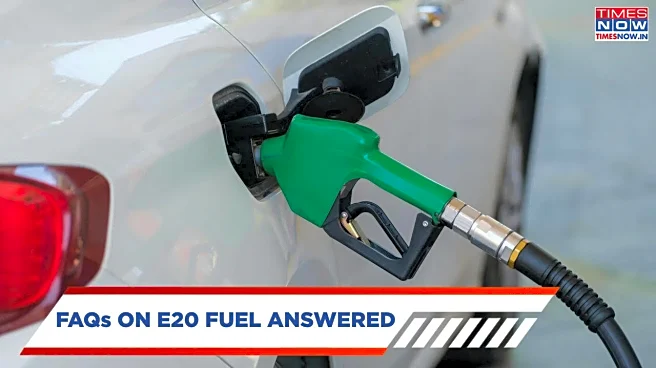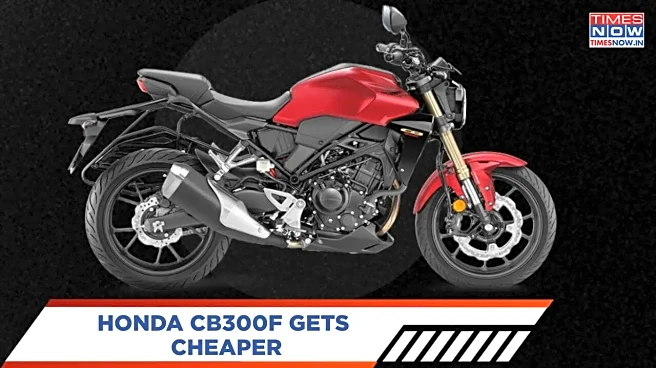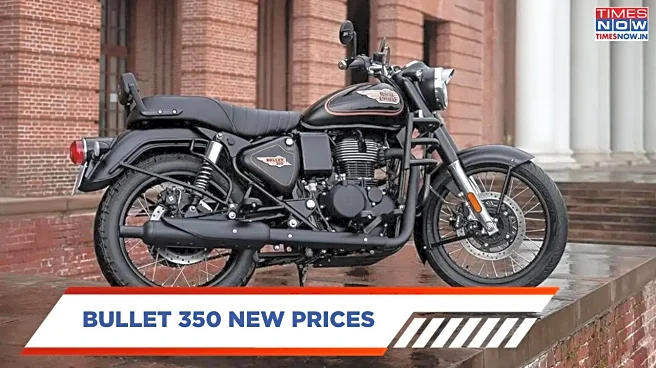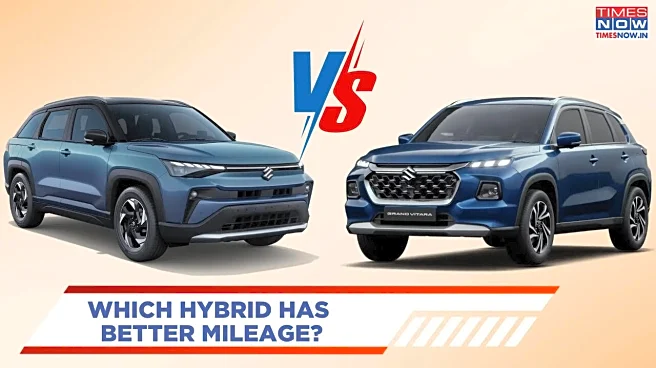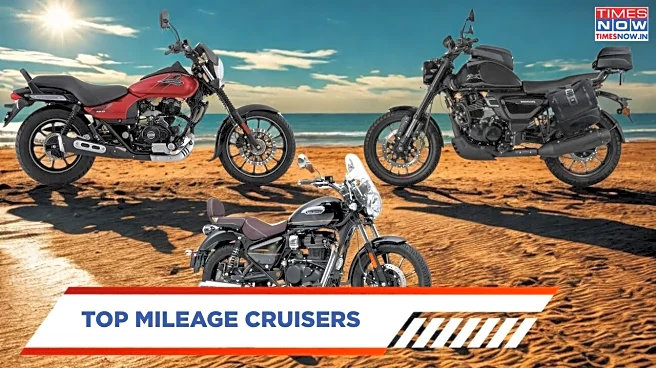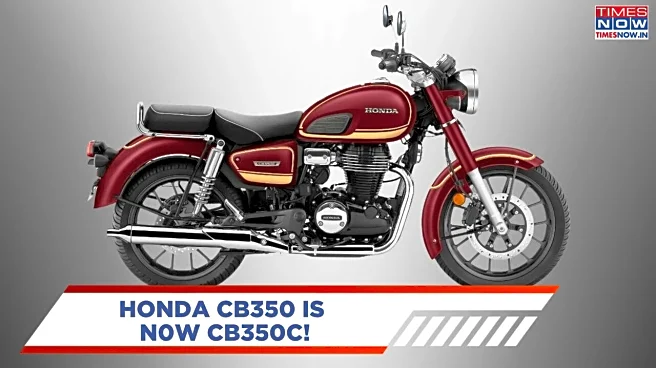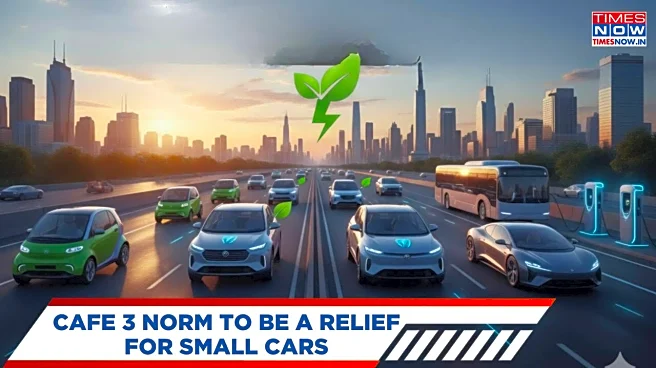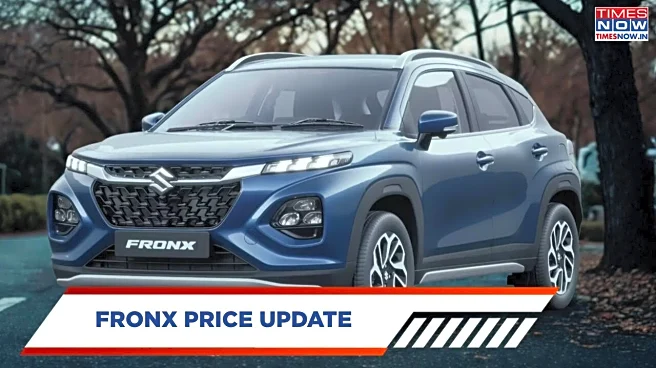The rollout of E20 fuel—a petrol blend with 20 per cent ethanol and 80 per cent petrol—is being pushed nationwide as part of India’s efforts to reduce fossil fuel imports and promote cleaner mobility. While several regions already supply E20, many motorists have questions about compatibility, performance, and maintenance. In this article, we answer the most common queries surrounding E20 in India and what drivers need to know before filling up.
Also Read: Bullet 350 More Affordable Post GST 2.0 — Check Royal Enfield’s Variant-Wise Price List
What Is E20 Fuel And Why Is India Adopting It?
E20 refers to fuel that mixes 20 per cent ethanol with 80 per cent petrol. Ethanol is often domestically produced from crops like sugarcane and grains, so blending it helps reduce dependence on imported crude.
The government advanced the E20 rollout schedule with a target of making it widespread this year. The shift is meant to balance energy security, rural income, and emissions goals.
Is My Vehicle Compatible With E20?
Vehicles manufactured since April 2023 are generally expected to be E20-compatible, with fuel systems built to handle higher ethanol content. Older models designed for E10 or lower blends may face issues with parts such as rubber seals, fuel hoses, or pumps. In many cases, minor component upgrades can mitigate risks, but check with your manufacturer or service centre before using E20 in a non-certified vehicle.
Will Mileage And Performance Change?
Because ethanol has lower energy density than petrol, fuel efficiency typically drops slightly. Most modern vehicles may see a reduction of 1–3 per cent, while older, non-optimised models could experience a 3–6 per cent dip in mileage. Some engines may respond positively to ethanol’s higher octane number, but overall shifts are modest.
What Maintenance Implications And Costs Are Involved?
Ethanol is hygroscopic (absorbs water) and can be mildly corrosive. Over time, it may degrade materials not designed for its use. Parts like seals, gaskets, or hoses may need replacement after 20,000–30,000 km in non-compatible cars. Regular fuel system cleaning, using compatible lubricants, and prompt servicing help manage these risks.
Also Read: Mahindra Bolero Neo Facelift Spotted – First Clear Look Before India Launch
Are There Any Regulatory Or Legal Considerations?
The Supreme Court has upheld the rollout of E20 and rejected challenges seeking optional ethanol-free petrol, reinforcing that E20 will become standard across India. The government insists that E20 is safe when used in compatible vehicles, and insurance or warranty should not be impacted for certified models.
Stay tuned to Times Now Auto for more updates on E20 fuel and its pan-India adoption.
